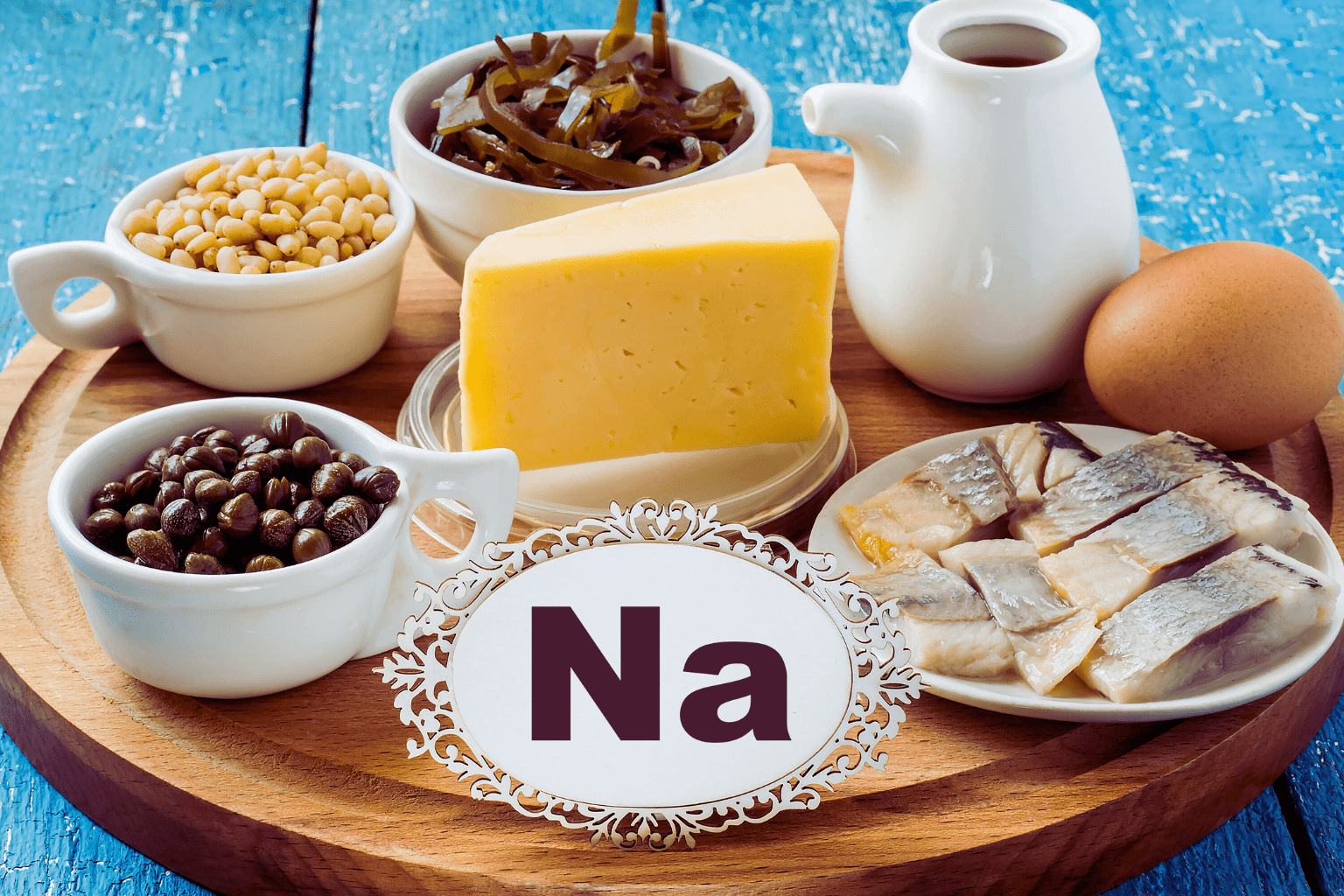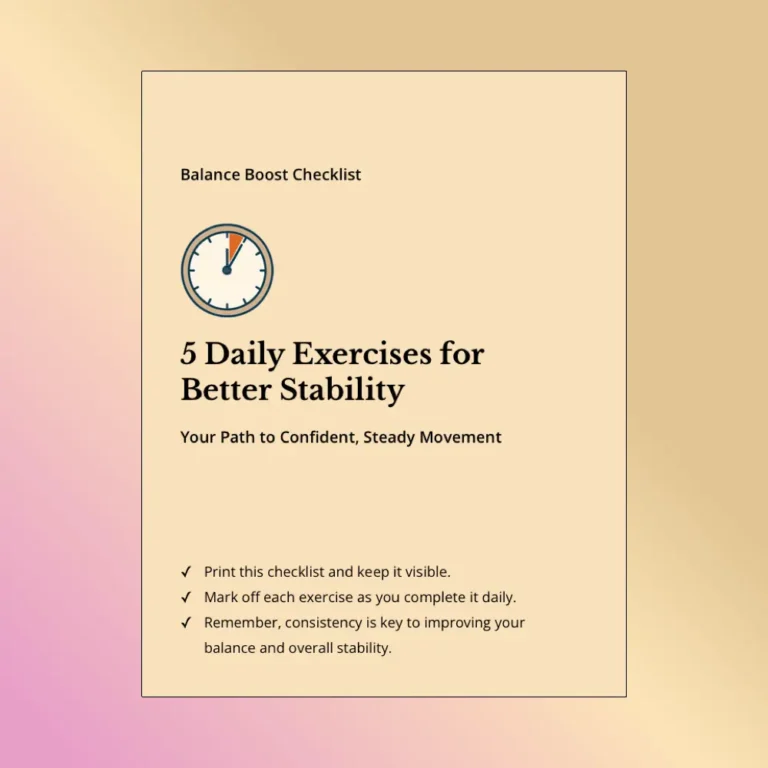
Highlights

As we age, our dietary needs change, and one crucial aspect often comes into sharper focus: sodium intake. A low-sodium diet plays a key role in maintaining healthy blood pressure levels, especially for seniors managing conditions like high blood pressure or heart disease. Consuming large amounts of sodium can negatively affect the heart and kidneys, while a low-sodium meal plan helps balance sodium in the body and supports overall well-being.
Experts recommend limiting daily sodium intake to about 600 mg of sodium or less per serving, though many foods may still be high in sodium even when they don’t taste salty. Understanding the main sources of sodium, such as processed and restaurant foods, can help older adults make healthier choices. This article explores why it’s important to reduce sodium, offers practical tips for tracking sodium consumed, and shares ideas for tasty low-sodium meals for seniors that enhance flavor instead of salt through herbs, spices, and fresh ingredients.
Sodium, a mineral found in salt, plays a key role in maintaining fluid balance and proper muscle function. However, it’s also abundantly present in processed foods, making it easy to exceed recommended daily limits without even realizing it. Sodium is an essential mineral, but consuming excessive sodium can lead to health problems that are common in older adults.
High sodium levels are linked to increased blood pressure, which can lead to serious cardiovascular issues. For seniors, a low-sodium diet can reduce the risk of heart disease and improve overall health. Embracing this dietary change can lead to lower blood pressure and a more vibrant lifestyle.
Many older adults don’t realize that taste buds actually adjust over time. After a few weeks of lower sodium intake, you’ll likely find that foods high in sodium you once enjoyed now taste overly salty, while the natural flavors in foods become more pronounced and enjoyable.
The American Heart Association recommends that seniors limit their sodium intake to under 2,300 mg per day, with an ideal target of 1,500 mg, especially for those with high blood pressure. Monitoring sodium levels is crucial for maintaining heart health.
To put this in perspective, just one teaspoon of salt contains about 2,300 mg of sodium – your entire daily allowance! This makes it clear why being mindful of sodium becomes so important for older adults following a low-sodium diet.
Keeping track of sodium consumption can be easy with a few simple strategies:
Some seniors find it helpful to start with a “sodium audit” – tracking everything they eat for a week to identify their biggest sources of sodium. Often, the culprits aren’t what you’d expect, and this knowledge makes it easier to make targeted changes to reduce sodium in your diet.
Food labels contain critical information about sodium levels. Look for terms such as “sodium-free,” “low sodium,” and “reduced sodium” to make informed choices when preparing low-sodium meals.
These terms have specific meanings regulated by the FDA:
When shopping, focus on whole, unprocessed foods, and educate yourself on brands that offer low-sodium options. This knowledge can transform your grocery list and your kitchen experience when creating easy, low-sodium meals for seniors.
A good rule of thumb is to shop the perimeter of the grocery store, where you’ll find fresh produce, lean proteins, and dairy. The inner aisles typically contain more processed foods with higher sodium content.
Don’t forget to check sodium content in unexpected places – bread, breakfast cereals, and even sweet baked goods can contain surprising amounts of salt. Many foods high in sodium aren’t obviously salty, which is why reading food labels is essential for heart health.
Many salt substitutes can effectively enhance flavor without the health risks associated with sodium. Options like potassium chloride and various seasoning blends can elevate your dishes while keeping your sodium levels in check.
However, it’s important to note that some salt substitutes containing potassium chloride may not be appropriate for everyone, particularly those with kidney problems or who take certain medications that may affect blood sodium levels. Always check with your healthcare provider before using these products.
Transform your meals with herbs and spices that can replace added salt:
Experimenting with these ingredients can lead to culinary discoveries that are both nutritious and delectable. Fresh herbs generally have brighter flavors than dried ones, but dried herbs are more concentrated, so you’ll need about three times as much fresh herb as dried. Herbs and spices provide numerous health benefits for seniors beyond just adding flavor to low-sodium foods.
Adopt cooking methods that enhance flavor naturally. Roasting vegetables brings out their sweetness, grilling meats adds a smoky flavor, and marinating proteins can infuse them with exciting tastes without salt added.
Slow cooking is another excellent technique for developing flavors without salt. The longer cooking time allows herbs and spices to fully release their flavors into the dish, creating tasty, low-sodium meals that seniors will enjoy.
Acid can also wake up flavors – a squeeze of lemon or lime juice, a splash of vinegar, or a bit of wine can add brightness and depth to dishes without adding sodium. These simple techniques help reduce sodium while maintaining delicious flavor in your meal plan.
Start your day with flavorful low-sodium breakfasts:
These ideas for low-sodium breakfasts provide nutrition without the high amount of salt found in many foods served at breakfast.
For lunch, consider these low-sodium meals for seniors:
These low-sodium lunches are perfect for older adults looking to maintain their health while enjoying delicious food with minimal sodium.
Dinner can be both satisfying and low in sodium:
These easy low-sodium meals provide variety and nutrition for seniors following a low-sodium diet.
Healthy snacking can be flavorful too:
These low-sodium snacks can help seniors maintain their energy throughout the day while supporting heart-healthy eating habits.
Many seniors have successfully transitioned to a low-sodium diet and report feeling healthier and more energetic. Their stories inspire others to embrace this lifestyle change.
For example, a 68-year-old grandmother shares how switching to herbs and spices not only improved her health but also reignited her passion for cooking. “I was skeptical at first,” she admits. “I thought food would be bland without salt. But now I enjoy cooking more than ever, and my blood pressure is finally under control without increasing my medication.”
Another senior, a 72-year-old retired teacher, found that his swollen ankles – a symptom of fluid retention often caused by excess sodium – disappeared after just two weeks on a low-sodium diet. “I had no idea salt was causing so many problems. Now I can wear my favorite shoes again and walk without discomfort.”
These real-life experiences show that reducing sodium consumption doesn’t mean reducing enjoyment of food – in fact, many find they appreciate the true flavors of food more once they’ve reduced their dependence on salt. Regular blood pressure monitoring can help seniors track the positive effects of their low-sodium diet.
What are the daily sodium limits for seniors? The recommended daily limit is under 2,300 mg, with a target of 1,500 mg for those with heart concerns. This may seem strict, but your palate adjusts surprisingly quickly to lower sodium levels. According to health experts, managing sodium intake becomes increasingly important as we age.
How do I read food labels for sodium content? Focus on identifying high-sodium items and familiarize yourself with key terms on food packaging. Remember to look at the serving size – sometimes what appears to be a single-serving package actually contains multiple servings, which means you need to multiply the sodium content. Look for foods with 140 mg of sodium per serving or less.
What herbs and spices can I use to enhance flavor? Garlic, basil, oregano, thyme, rosemary, paprika, cumin, and many others can provide delicious alternatives to salt. Consider creating your own herb blends to keep on the table instead of a salt shaker. These naturally low-sodium ingredients can help counteract the effects of sodium in your diet.
Is it safe to use salt substitutes? Many salt substitutes use potassium chloride, which may not be appropriate for people with kidney problems or those taking certain medications that affect sodium levels in your body. Always consult with your healthcare provider before using these products, especially if you have health conditions that may be affected by changes in your diet.
How long will it take to adjust to less sodium? Most people find their taste buds adapt within 2-3 weeks. During this adjustment period, foods may taste bland, but stick with it – you’ll soon discover a whole new world of flavors that were previously masked by salt. This adaptation is particularly important for older adults who need to limit sodium for health reasons.
Can I still eat out on a low-sodium diet? Yes, but it requires some planning. Look for restaurants that prepare food to order, and don’t be afraid to ask for your meal to be prepared without added salt. Many restaurants now offer heart-healthy options on their menus, though packaged foods and restaurant meals tend to be high in sodium.
Adopting a low-sodium diet is a powerful step towards enhancing health and well-being in the senior population. By understanding sodium’s impact, monitoring intake, and embracing culinary techniques that elevate flavor without salt, seniors can enjoy delicious meals that support their health and help lower blood pressure.
The journey to lower sodium doesn’t happen overnight; it’s a gradual process of discovery and adaptation. Start by making small changes, like cooking more meals at home where you control the ingredients, and gradually reducing the salt in your favorite recipes. A well-balanced diet with minimal sodium can contribute to high blood pressure prevention and management.
We encourage you to experiment with new recipes, share your culinary experiences, and inspire others in your community to join the journey towards healthier eating. Your taste buds will thank you, and so will your heart!
For more insightful tips and recipes, feel free to subscribe to our newsletter or share this article with friends and family who would benefit from these valuable insights on preparing low-sodium, tasty dishes for seniors.
